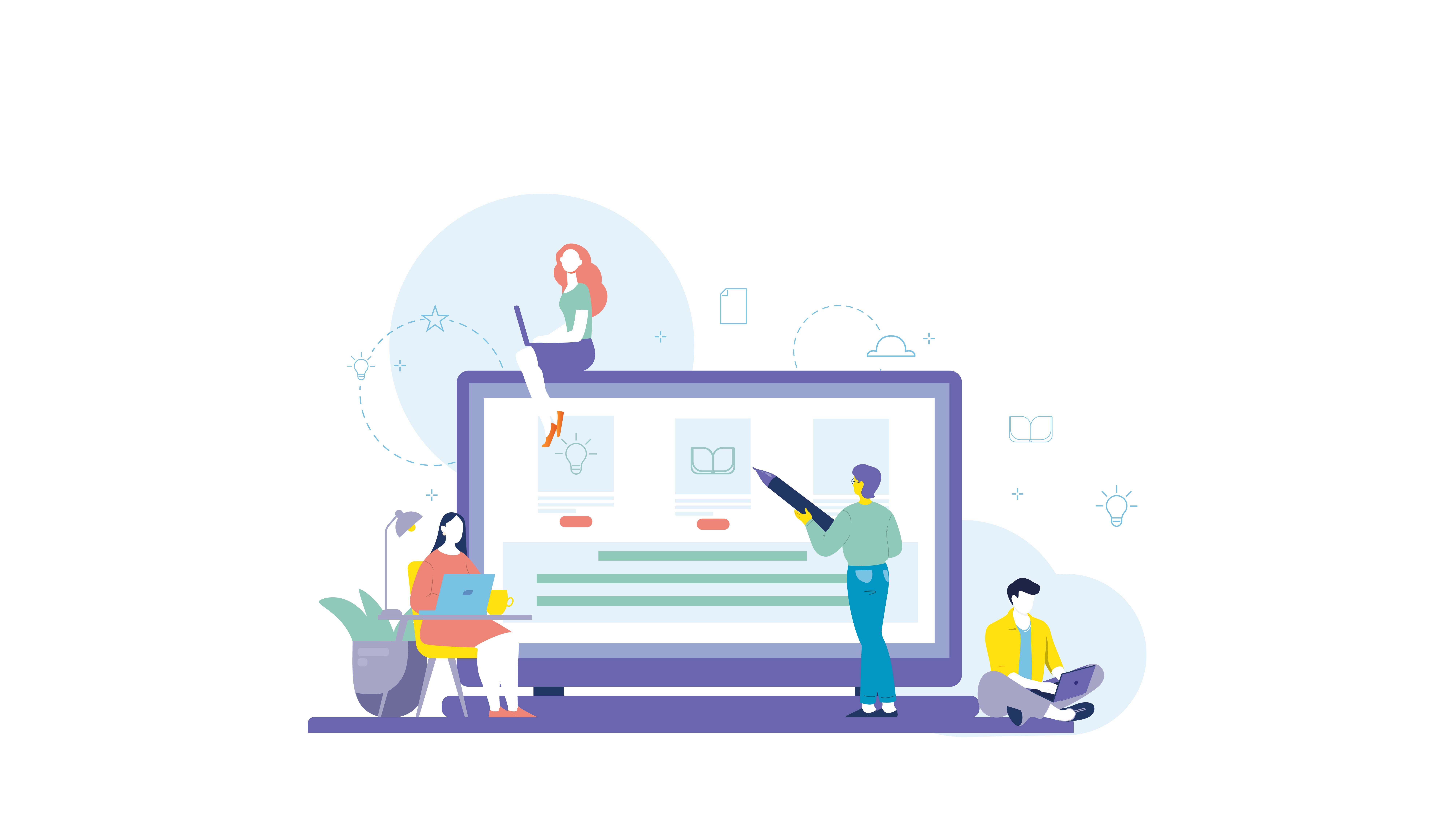Even if commuting seems old-fashioned, we still find ourselves “between things”: a slot of time before your next Zoom meeting, a few minutes in the waiting room, or those long stretches on hold with customer support. Waiting to get somewhere or for that next appointment to start consumes a frustrating — yet promising — amount of our precious time.
What if you enabled people to use that time to gain new skills or earn a credential?
An attention span is valuable currency in the digital age. That’s why online learning has to embrace flexibility. Whether someone has two hours to spare in the office or five minutes in line for a latte, let them use that time to develop and grow.
Here are a few ways that online experiences can turn waiting into learning.
Microlearning
The lecture format was never right for everyone, and a 10-page essay isn’t always the best way to explain a topic. For those who do still commute, lengthy lectures and dense compositions are much harder to absorb on a smartphone’s tiny screen while hanging on to a subway strap!
“Chunking” content into short videos, brief audio clips, and concise text allows learners to digest each topic individually. They can find relevant material without sifting through blocks of text or continuously fast-forwarding through superfluous footage. Learners can also proceed at their own pace.
If they have the time, learners always have the option to sit down with the entire series and return to specific points for reinforcement or expansion. In other words, they absorb learning content on their terms.
Self-Selected Content
“What am I in the mood to learn about?”
“What do I have time to learn?”
These are odd questions in a classroom, but digital experiences can offer customized learning pathways. Learners gain the agency to choose — and therefore have a stake in — their learning based on their needs and interests.
For example, a learner might have just a few minutes to practice their vocabulary. Or maybe a meeting got canceled, and they now have a whole hour to learn something new. Based on their input, the learning platform can deliver content based on their progress.
Varied Modalities
You may never have heard the term “learning modalities.” But if you’ve ever enjoyed an audiobook because you couldn’t sit down with the hardcover, you already know about them. Learning modalities are the ways we share and absorb information. They’re different methods of learning.
Digital learning opens up a wide range of modalities. Content is no longer limited to one format. For example, you may sit and watch a video lesson at your desk, but if you’re driving, you can listen to the audio version. You might even listen after you’ve watched, in order to review the material or because it was that interesting.
Flexible Learning, Engaged Learners
The bottom line is that online learning offers flexibility according to what the learner needs at the time: different learning modes that fit the learner’s schedule and preferences. That enables more frequent and deeper engagement with learning. And for many people, it beats another round of “Match the candy!”
Keep Learning
Digital Learning Must Be Inclusive
Learning design remains relatively narrow, falling short of inclusiveness. Designing for inclusion must be a priority in online learning.

